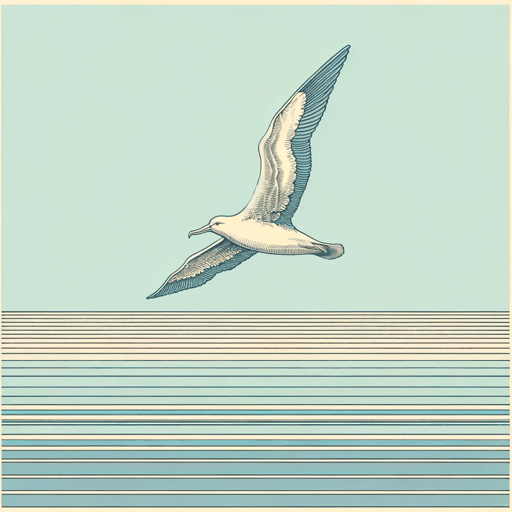19 pages • 38 minutes read
Charles Baudelaire, Transl. Eli SiegelThe Albatross
Fiction | Poem | Adult | Published in 1861A modern alternative to SparkNotes and CliffsNotes, SuperSummary offers high-quality Study Guides with detailed chapter summaries and analysis of major themes, characters, and more.
Symbols & Motifs
The Albatross
The albatross, an oceanic bird with a remarkable wingspan, occupies an important place in literary history. The English Romantic writer Samuel Taylor Coleridge made the bird into a symbol of weighty guilt in his famous poem The Rime of the Ancient Mariner (1798). Baudelaire draws upon this literary history in his poem “The Albatross” by making the bird into an accursed figure, a symbol for the outsider poet. The first three stanzas detail the degradation of the albatross when sailors capture it and taunt it, making the creature appear “clumsy and shameful,” “awkward and weak” (Lines 6 and 9). The comparison between brutalized bird and poet becomes explicit in the final stanza, catching the reader off-guard with its startling vision of the poet as a degraded and mistreated creature of majesty.
The poet resembles the albatross because the albatross represents the flight and vision of the poetic imagination. While the albatross possesses “great wings in white” (Line 7), the poet, too, has “wings, those of a giant” (Line 16). The parallel images of wings reveal flight to be the natural state of both the albatross and the poet, as both prefer to remain aloof, above the rough world of civilization. Although flight endows the poet with a unique 







